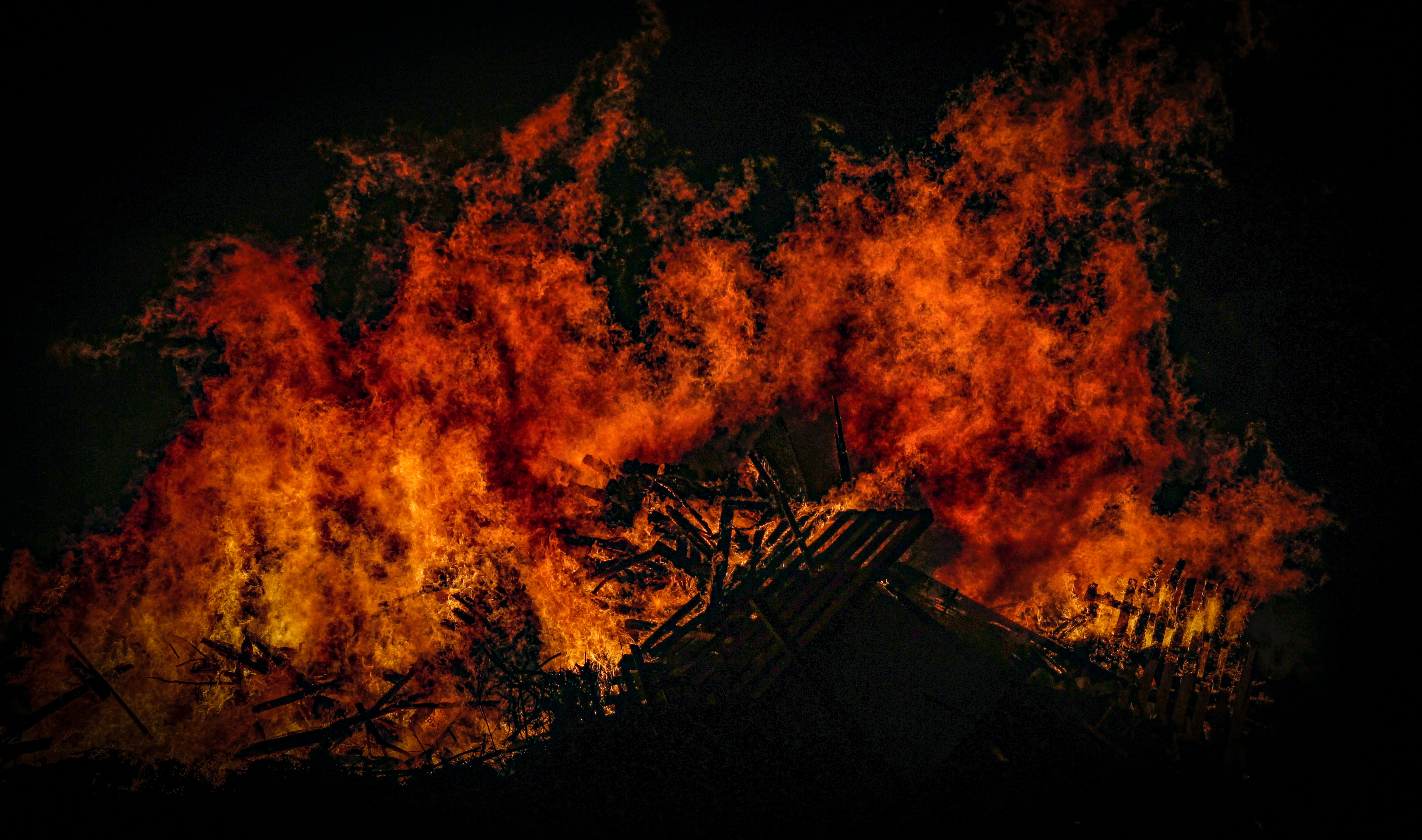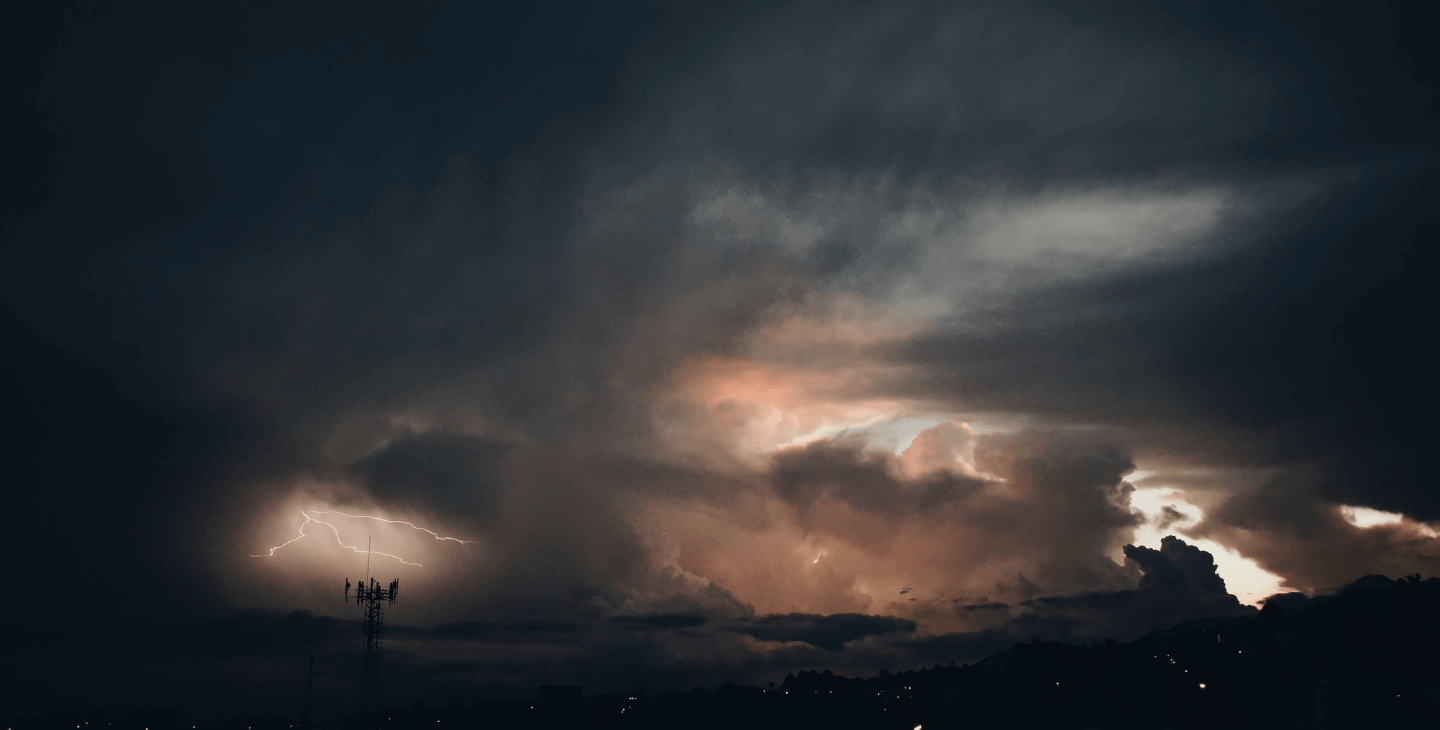Wildfires & Climate Change: why do we need a prompter response?

13 March 2023
Wildfires seriously harm flora & fauna, but also human life because they can cause severe diseases and even death. Recently, the number of these events surged, and in the upcoming years, it will worsen due to climate change causing draughts and changes in the forest’s compositions. Therefore, to prevent serious damage, it is mandatory to improve the preparedness and the response system. The Horizon Europe Project TEMA has this goal and is meant to be tested on wildfire response in Finland and Italy.
Wildfires
The world has recently seen a surge in wildfires during hot seasons in almost every continent. According to the World Health Organisation (WHO), “a wildfire is an unplanned fire that burns in a natural area such as a forest, grassland, or prairie.” (WHO, 2018) These fires can be caused by human activity – like campfires, fireworks, or cigarettes – or a natural phenomenon like lightning. The tricky part of wildfires is that they can happen at any time or anywhere, and in 50% of recorded ones, it is not known how they started (WHO, 2018; Wehner & al., 2017). Moreover, they create heavy damage in the affected areas: first, fires kill flora and fauna that sometimes cannot fully regenerate; second, they can disrupt transportation, communications, power and gas services, and water supply; third, they can result in loss of property, crops, resources; fourth, they pollute the air releasing large quantities of carbon dioxide, carbon monoxide and fine particulate matter, which causes impact both on climate and people. Air pollution can cause severe diseases, for example, respiratory and cardiovascular issues. Last, they can also kill humans by suffocation, injuries, and burns (WHO, 2018).
Even if, half of the time, it needs to be clarified what causes them, it is known that some conditions favour fire breakouts. A combination of factors influences the risk of wildfires: for example when the weather is arid and the wind speed is high, but soil moisture and vegetation play a role, too (WHO, 2018; Wehner & al., 2017). Moreover, as will be seen in this article, climate change and global warming are making these conditions more and more frequent.
Climate Change & Wildfires nexus
In 2022, the United Nations released a report stating that, in the coming decades, there will be a “global wildfire crisis” (Zhong, 2022) caused by the changing weather, resulting in unseasonably hot weather and low rainfall that dry out large areas. Furthermore, as "there are basically three important ingredients for fires - high temperatures, dryness, and high wind" (Horton & Palumbo, 2022), Climate Change is creating the perfect conditions for forest fires.
All over the world, studies are proving that Global Warming is favouring fire breakouts. From 1979 to 2015, forest fuel aridity increased by 50% in the western United States, and the forest fire area doubled due to temperature and vapour pressure (Wehner & al., 2017). Even the coldest parts of the Earth are now subjected to high fire alerts: in Alaska, shortened land snow cover seasons and higher temperatures modified the composition of the less flammable tundra and cooler boreal forest, increasing the Arctic vulnerability to wildfire (Wehner & al., 2017; Carnicer & al., 2022); the same thing is happening in Europe, Boreal and Temperate domains are shifting north, and these changes will influence the structure and composition of wildland vegetation (forests, shrubs and grassland) and corresponding fuel characteristics so that wildfires will become common in northern Europe too (European Commission, 2019). In fact, in the last 40 years, European summers have been unprecedentedly fire-prone because of heatwaves and droughts exacerbated by Climate Change (Carnicer & al., 2022; Horton & Palumbo, 2022), and this is affecting and will affect especially Southern Europe, where fires are already frequent and intense (European Commission, 2019). Last, according to a study empowered by the European Commission, with a 3 °C warming, there will be 15 million people more exposed to high-to-extreme fire danger levels for at least ten days per year, 5 million if we can mitigate the warming to 1.5 °C (European Commission, 2019). Anyway, fire danger would still be consistently worse compared to the present. The costs of wildfires can only be reduced by taking emergency prevention, preparedness, response and recovery measures, as the WHO asked (WHO, 2018).
TEMA Project
To be more prepared and have a prompter response, a group of universities, companies and institutions have started a project in the Horizon Europe framework called “Trustely Extreme Precise Mapping and Prediction for Emergency Management” (TEMA). It aims to improve Natural Disaster and Emergency Management by using new technologies – like AI and an algorithm that extracts information from extreme data – to 3D-map the area affected and model and real-time predict the evolution of the emergency phenomenon. The maps and simulations will be then used by rescue operators – such as Civil Protection Agencies and First Responders – to evaluate alternative response strategies and to orient themselves in the area thanks to an augmented reality platform.
TEMA will be helpful also in dealing with wildfires. In fact, it will be tested in two areas affected by fire risk: the Sardinia Region (Italy) and the Kainuu Area (Finland). In the first case, a historical scenario will be used to validate the tools, the July 2021 fire in central Sardinia that lasted several days. Given the fact that the most common problems during a fire are low visibility and health hazards due to smoke, and scarcity of accurate information regarding the wider area, the platform will be used to inform about the area vegetation and its composition, and geomorphological data and highlight its risk, show meteorological predictions, satellite images and videos filmed by drones, and forecast fire danger bulletins. In the Finnish scenario, another 2021 fire will be played out in the same way as the Italian. Here TEMA will obviate the need for more contextual information by aggregating rich environmental data sources and providing maps, prevention strategies and guidelines.
Thus, while our world is experimenting with a disruptive increase in fire risk that can jeopardise millions of people’s lives, it is necessary to implement and support projects like TEMA to help us deal better with emergencies.
References
- WHO. (2018). “Wildfires”. Geneva, Switzerland. Consulted at: https://www.who.int/health-topics/wildfires#tab=tab_1
- Wehner, M.F., Arnold, J.R., Knutson, T., Kunkel, K.E., & LeGrande, A.N. (2017). “Droughts, floods, and wildfires.” In: Climate Science Special Report. Fourth National Climate Assessment, Volume I [Wuebbles, D.J., D.W. Fahey, K.A. Hibbard, D.J. Dokken, B.C. Stewart, and T.K. Maycock (eds.)]. U.S. Global Change Research Program, Washington, DC, USA, pp. 231-256.
- San-Miguel-Ayanz, J. (2019). “Climate change and wildfires”. European Commission, Brussels. Consulted at: https://joint-research-centre.ec.europa.eu/system/files/2020-09/09_pesetaiv_wildfires_sc_august2020_en.pdf
- Horton, J. & Palumbo, D. (2022). “Europe wildfires: Are they linked to climate change?”. BBC News. Consulted at: https://www.bbc.com/news/58159451
- Carnicer, J., Alegria, A., Giannakopoulos, C. et al. (2022). “Global warming is shifting the relationships between fire weather and realized fire-induced CO2 emissions in Europe”. Sci Rep 12, 10365.
- Zhong, R. (2022). “Climate Scientists Warn of a ‘Global Wildfire Crisis’”. New York Times. Consulted at: https://www.nytimes.com/2022/02/23/climate/climate-change-un-wildfire-report.html.
- Sullivan, A., Baker, E., & Kurvitis, T. (2022). “Spreading like Wildfire: The rising threat of extraordinary landscape fires.”. UNEP, New York.

